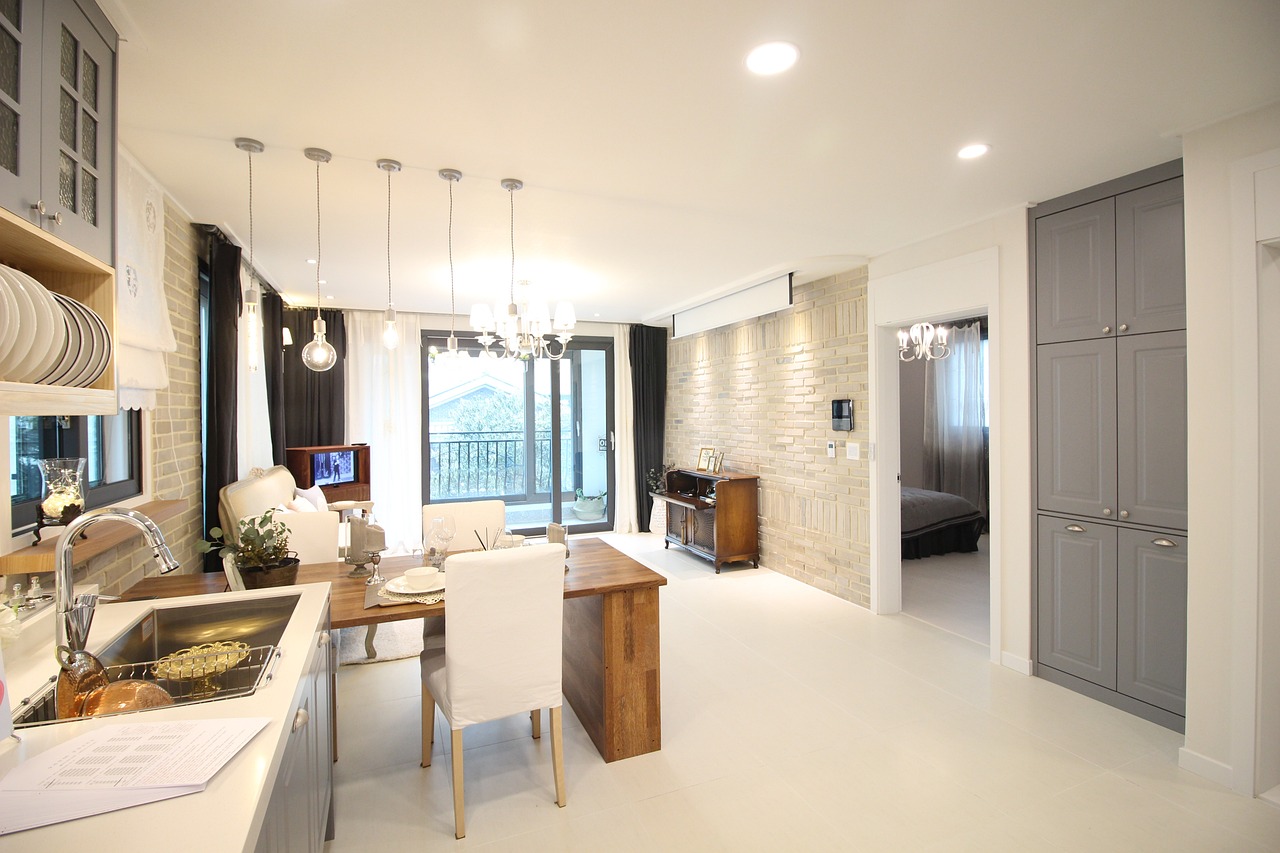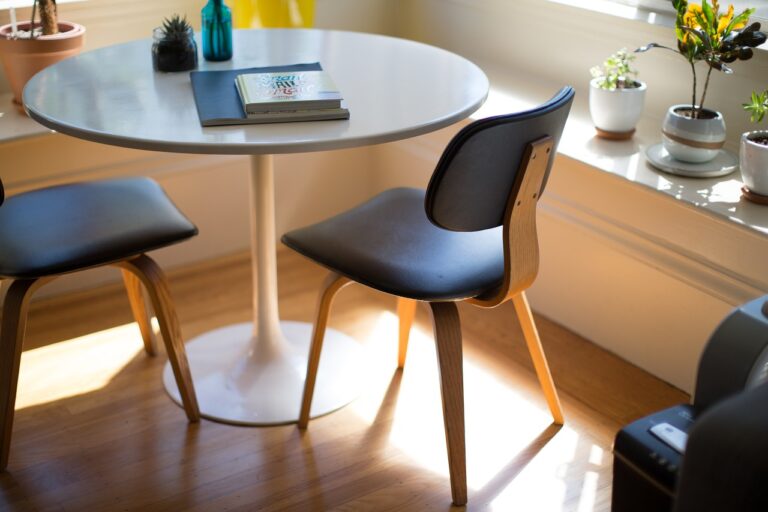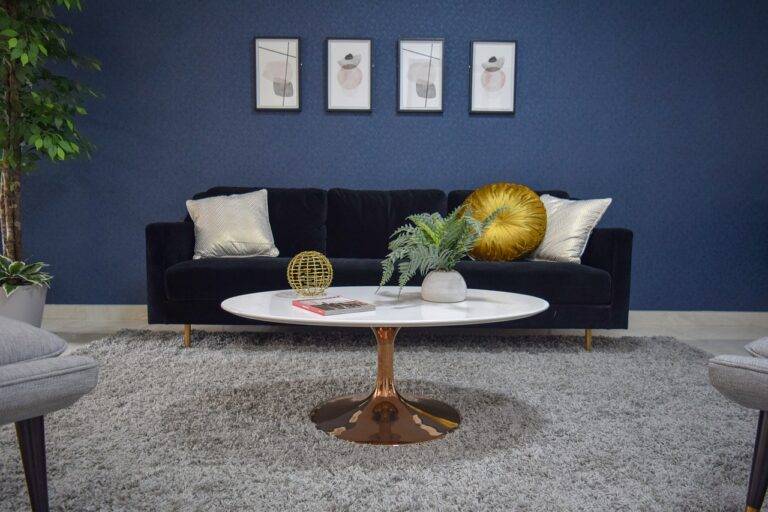The Role of Acoustics in Attic Conversions
laser 247 new id login, lotus betting sign up, 11xplay.pro:Attic conversions have become a popular trend in recent years as homeowners look to maximize their living space and add value to their property. When converting an attic into a usable living area, there are many factors to consider, including insulation, lighting, and ventilation. One often overlooked aspect of attic conversions is acoustics.
The role of acoustics in attic conversions is crucial in creating a comfortable and enjoyable living space. Poor acoustics can result in echoes, noise transfer between rooms, and overall noise pollution. In this article, we will explore the importance of acoustics in attic conversions and provide tips on how to improve the sound quality in your newly converted attic.
Understanding Acoustics in Attic Conversions
Acoustics refer to the way sound behaves in a space. In an attic conversion, the design and layout of the room can have a significant impact on the acoustics. Hard surfaces like wood, glass, and metal can reflect sound waves, leading to echoes and a generally noisy environment. On the other hand, soft materials like carpet, curtains, and upholstery can absorb sound, reducing echoes and creating a more peaceful atmosphere.
When converting an attic into a living space, it is important to consider the acoustics of the room. Factors such as ceiling height, wall materials, and furniture placement can all affect how sound travels in the space. By understanding the principles of acoustics, you can create a comfortable and acoustically pleasing living area.
Tips for Improving Acoustics in Attic Conversions
1. Insulation: Proper insulation is essential for soundproofing an attic conversion. Insulating the walls, ceiling, and floors can help reduce noise transfer between rooms and block out external sounds.
2. Soft furnishings: Incorporating soft furnishings like rugs, curtains, and upholstery can help absorb sound and reduce echoes in the room. Consider adding acoustic panels to walls or ceilings for additional soundproofing.
3. Furniture placement: The layout of furniture in the room can also impact acoustics. Avoid placing furniture directly against walls or in corners, as this can create sound reflections. Instead, space out furniture to allow sound waves to dissipate.
4. Soundproofing materials: Consider using soundproofing materials like acoustic foam or soundproof drywall to further reduce noise in the attic conversion. These materials can help control echoes and improve overall sound quality in the room.
5. Area rugs: Adding area rugs to the floor can help absorb sound and reduce noise levels in the attic conversion. Opt for thick, plush rugs to effectively dampen sound vibrations.
6. Lighting: Lighting fixtures can also have an impact on acoustics. Avoid installing fixtures that create buzzing or humming noises, as this can disrupt the ambiance of the room. Opt for quiet, energy-efficient lighting options to enhance the acoustics of the space.
By following these tips, you can create a comfortable and acoustically pleasing living space in your attic conversion. Whether you’re converting the attic into a bedroom, home office, or entertainment room, paying attention to acoustics can make a big difference in the overall comfort and enjoyment of the space.
FAQs
Q: Do I need to hire a professional to improve the acoustics in my attic conversion?
A: While hiring a professional can ensure the best results, there are many DIY options for improving acoustics in an attic conversion. By following the tips outlined in this article, you can make significant improvements to the acoustics of the space on your own.
Q: Will adding insulation to my attic conversion make it too hot or stuffy?
A: Proper insulation is essential for soundproofing, but it should not make the space too hot or stuffy. Be sure to choose insulation materials that provide both soundproofing and thermal insulation properties to create a comfortable living environment.
Q: How can I prevent sound transfer between the attic conversion and other parts of the house?
A: To prevent sound transfer between rooms, ensure that walls are properly insulated and sealed. Consider adding weatherstripping to doors and windows to further reduce noise transfer. Adding rugs, curtains, and soundproofing materials can also help minimize sound transmission.
In conclusion, acoustics play a significant role in attic conversions and can greatly impact the comfort and enjoyment of the space. By understanding the principles of acoustics and implementing soundproofing strategies, you can create a peaceful and acoustically pleasing living area in your attic conversion.







